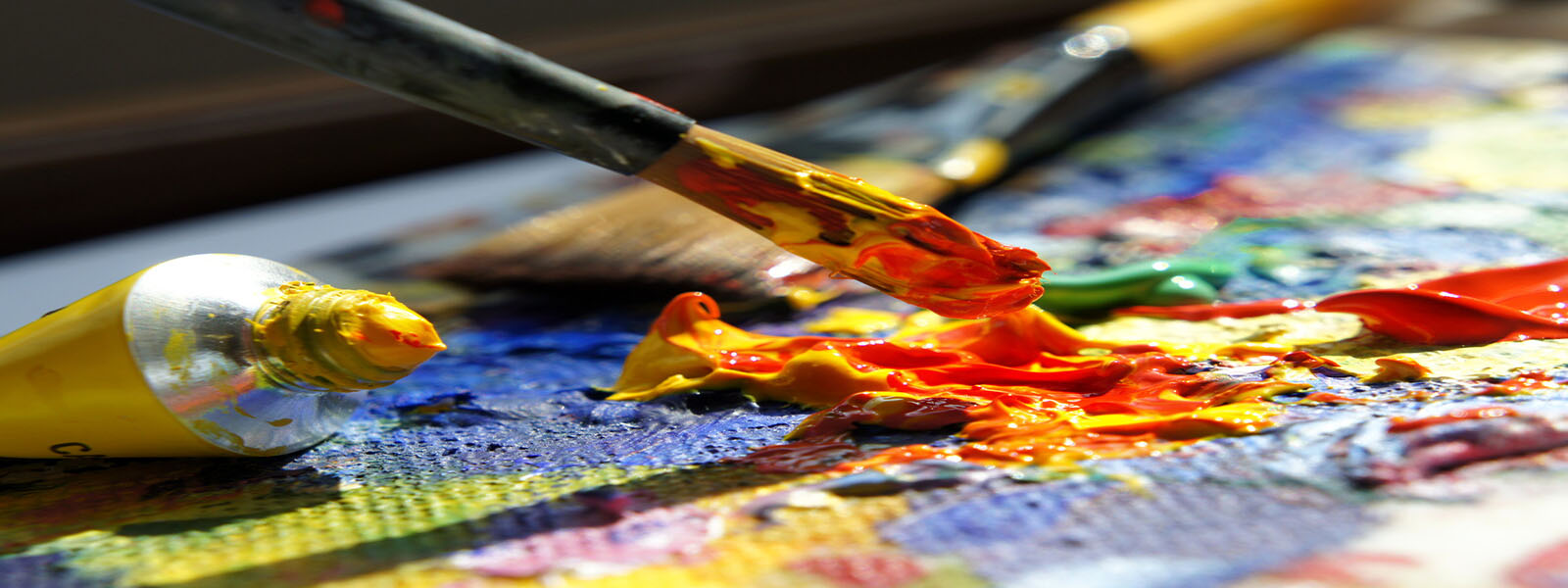
12 Feb The Fine Art of Making Mistakes
“Oh, that was terrible! I can’t believe how bad that looks,” said my 8-year-old niece the other day. She was referring to her own drawing, which was actually a very nice depiction of a butterfly. My niece would never speak that way about somebody else’s drawing…yet she, like everyone I’ve ever met, seems to have no problem beating herself up.
“Hey, don’t talk to my niece that way!” I teased. Then casually I suggested, “How about instead of being all judgy to yourself, you say, there are a few things I’d like to change about this drawing?” After that I leaned in close to my phone. (We were talking on Facetime, because, COVID.)
“Do you know what your problem is?” I asked.
“No, what?” she replied.
“Listen closely. This is important. The problem is that you, and me, and your mother, and pretty much most of the people that we know, suffer from…perfectionitis.” My niece laughed immediately. She’s a very rewarding audience.
“Perfectionitis,” I continued, spurred on by her giggles, “is caused by inflammation of the perfectionist gland in your brain, which can lead to serious perfectioncosis if you’re not careful.” She laughed again, and then we discussed the symptoms: swirlies in the stomach and a tightness in the chest brought on by frustration at not achieving perfection. I confided to her that it was because of my perfectionitis that I had given up trying to draw butterflies entirely—I’ll fill out the colors in a coloring book, thank you very much! Let somebody else try to make the angles right.
The trouble is, though, that the only cure for perfectionitis is awareness and redirection. As my niece wisely pointed out, “Making mistakes is just a sign that you are learning.” The truth is, if we only ever do what we already know how to do, we’ll never expand our skillset. We need to make mistakes in order to push outside of our comfort zone and increase our abilities.
Choosing the environment in which to make mistakes
All this leads me to the Fine Art of Making Mistakes. This is just as relevant to adult interpreters as it is to 8-year-old butterfly artists; perhaps even more so. We interpreters actually have to make mistakes. Otherwise we’ll never  improve. We simply must be wise about choosing the environment in which we make the mistakes. Most of them should happen when we are alone, at home (or with a study buddy!), sitting at our desks; when nobody risks misdiagnosis, harm, or a jail sentence depending on our interpretation. At home, we can take risks. We can try to increase our decalage. We can attempt new subject matter, longer utterances, or an unfamiliar note-taking style.
improve. We simply must be wise about choosing the environment in which we make the mistakes. Most of them should happen when we are alone, at home (or with a study buddy!), sitting at our desks; when nobody risks misdiagnosis, harm, or a jail sentence depending on our interpretation. At home, we can take risks. We can try to increase our decalage. We can attempt new subject matter, longer utterances, or an unfamiliar note-taking style.
At home is where we become familiar with the type of mistakes we make. They have something to tell us. Once we can put our ego aside (difficult for us chronic perfectionitis sufferers, but not impossible), we play detective to our mistakes. We ask ourselves, what am I doing wrong? Why is it going wrong? What can I do to resolve it? By making these mistakes, and asking ourselves these questions, we go deep. Then, we improve.
At home is where we learn to listen to what we are saying. To catch ourselves in our mistakes. To develop discipline and self-awareness. To understand the preparation necessary to do well on our assignments. To know our limits. This self-awareness becomes key out on the job; by then, all of our home mistake-making has primed our mistake sensors; we know what to look out for. We can recognize potential traps and pitfalls. Most importantly, we can hear our own mistakes, and correct them.
The best interpreter is not one who has memorized every word in the dictionary (that interpreter does not exist). Nor is the best interpreter one who never makes a mistake (that interpreter does not exist either). The best interpreters are the ones who can put ego aside, admit when they don’t know something, and figure out immediately how to correct it. They are the ones who double-check for understanding, just to be sure. They interpret confidently, within their abilities, and they are ready to do well because they’ve been willing to take the risks necessary to improve.
So next time you’re tempted to say, “Wow, that was terrible,” I’d encourage you to think like a perfectionitis survivor. Simply be honest with yourself, but be kind too. Ask yourself what you’d like to make better…and then do it. Do it alone, at home (or with a study buddy!) Do it at a time when you can make all the mistakes you need to in the name of self-awareness, an increased skillset, and a journey toward that ever-evasive thing we call perfection.
 Athena Matilsky fell in love with Spanish the year she turned 16. She chose it as her major at Rutgers University and selected a focus in translation and interpreting. After graduation, she taught elementary school in Honduras and then returned home to begin freelancing as a medical and court interpreter. She has since achieved certifications as a Healthcare Interpreter and a Federal Court Interpreter. She was the recent editor-in-chief of Proteus. Currently, she works as a freelance interpreter/translator and trains candidates privately for the state and federal interpreting exams. When she is not writing or interpreting, you may find her practicing acroyoga or studying French. Website: https://athenaskyinterpreting.wordpress.com/
Athena Matilsky fell in love with Spanish the year she turned 16. She chose it as her major at Rutgers University and selected a focus in translation and interpreting. After graduation, she taught elementary school in Honduras and then returned home to begin freelancing as a medical and court interpreter. She has since achieved certifications as a Healthcare Interpreter and a Federal Court Interpreter. She was the recent editor-in-chief of Proteus. Currently, she works as a freelance interpreter/translator and trains candidates privately for the state and federal interpreting exams. When she is not writing or interpreting, you may find her practicing acroyoga or studying French. Website: https://athenaskyinterpreting.wordpress.com/

Wow what a beautiful article and what a great “cool auntie” you are. Thank you! 🙂
– Cool Auntie Gila! 😉
Thank you!!!
Loved your article. Your niece sounds amazing. Thank you.
Absolutely refreshing article! You are so right. Thank you for shedding light on a seldom discussed problem. Sometimes we tend to be our worst enemy.
TY profoundly
Spot on! Thank you, Athena, for pointing out a disease that we many of us fail to diagnose in time to do something positive about it.
Right-o, Athena! As you know well, one of the best ways to spot our mistakes and then “play detective” is to record ourselves, “listen to what we are saying” and “catch ourselves in our mistakes.” It’s been a great tool for many an interpreter to improve. It may make you cringe or want to throw your recording device across the room, but it’s how you spot the mistakes and then work on them.
You can also level up by sending your recording to your study buddy for review and peer support or transcribe what you interpreted and then work with the text to identify problem areas or technically-correct-but-not-so-idiomatic ways you said something.